First, the basic principle of MPPT
In theory, as long as the photovoltaic cell is fully matched and directly coupled to the load (for example, the load is a charged battery), the volt-ampere characteristic curve of the load and the maximum power point trajectory curve can coincide or gradually coincide, so that the photovoltaic cell is in an efficient output. status. However, in daily applications, it is difficult to meet the direct coupling conditions of the load and the photovoltaic cell. Therefore, in order to improve the overall efficiency of the photovoltaic power generation system, an important way is to change the system load characteristics in real time, that is, adjust the working point of the photovoltaic cell so that the photovoltaic cell can always work near the maximum power point under different sunshine and temperature. This tracking process is called maximum power point tracking, as shown in Figure 1 for the MPPT basic schematic.

Figure 1. MPPT schematic
Maximum power point A1 → maximum power point B1 (condition: change system load characteristics from load 1 to load 2)
Maximum power point B1 → maximum power point A1 (condition: change the load 2 back to load 1 by the system load characteristic)
It can be seen that the MPPT control strategy in the photovoltaic power generation system is based on real-time detection of the output power of the photovoltaic cell, and then through a certain control algorithm to predict the maximum power output point of the photovoltaic cell under the current working conditions, and finally by changing the current impedance. Or voltage, current, etc. to meet the maximum power output requirements.
In this way, whether due to changes in external light intensity or due to changes in the junction temperature of the internal photovoltaic cell, the output power of the photovoltaic cell is reduced, and the system can automatically operate at the optimal working state under the current working conditions to achieve maximum power output, thereby Improve the conversion efficiency of the entire photovoltaic power generation system.
Second, the factors affecting the maximum power point
At a certain light intensity and ambient temperature, the photovoltaic cell can work at different output voltages, but only at a certain output voltage value, the output power of the photovoltaic cell can reach a maximum value, and the working point of the photovoltaic cell is reached. The highest point of the output power voltage curve is called the maximum power point. Figure 2 shows the MPPT exposure to light, and Figure 3 shows the temperature dependence of the MPPT.
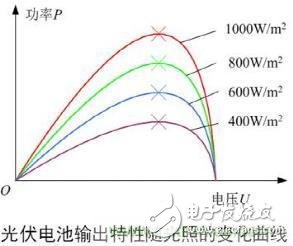
Figure 2. MPPT is affected by lighting

Figure 3. MPPT is affected by temperature
As shown in the figure, the intensity of visible light and the temperature drop will cause the maximum power point of the photovoltaic cell to move down.
Third, the problems in the application of MPPT technology
False tracking
Most MPPT algorithms only collect the voltage and current of the photovoltaic cell and track it based on the idea of ​​disturbance observation. However, it is impossible to know whether the change of the output power of the photovoltaic cell is caused by the disturbance or the change of the external environment, so when the environment changes When it is fast, it is prone to false tracking. The solutions mainly have the following categories:
1 Open loop control according to the environment;
2 The power variation caused by the algorithm disturbance is greater than the power variation caused by the environmental change;
3 Identify and compensate for power changes due to environmental changes.
Multi-peak problem
Photovoltaic cells that are partially occluded or inconsistent in characteristics may result in the appearance of multiple power extremes. How to perform maximum power point tracking under multi-peak conditions? Finding the biggest point, not the local extremum, is a more difficult problem. In addition, when multiple peaks occur, the photovoltaic cells actually work in a bad state, severe power mismatch, which loses energy and easily damages the photovoltaic components. This state may need to be detected and avoided.
Insufficient consideration of actual operating conditions
Most of the literature is implemented in the simulation verification algorithm by a step response to environmental changes. But in reality, the change in the environment is continuous and does not jump from one steady state to another. Many algorithms fail when the environment changes rapidly and continuously. Among the many MPPT algorithms, the problems that many researchers ignore are the limitations imposed by sampling accuracy and computational errors. Many algorithms that are theoretically valid and effective in simulation are not feasible in practical systems.
How to solve these problems to improve the application level of MPPT technology is the key and difficult point in the application process of photovoltaic power inverters.
Fourth, the power analyzer's advantages in MPPT testing
Since the output characteristics of the solar cell are affected by factors such as the load state, the amount of sunlight, the ambient temperature, and the voltage and current of the solar cell array, the output power is unstable, that is, the maximum power point changes at all times. In order to make full use of solar energy to obtain maximum power output, it is necessary to track and control the maximum power point of the solar cell and maximize the use of solar energy, as shown in Fig. 4 is a schematic diagram of photovoltaic power generation. The MPPT test using the PA8000 power analyzer has several advantages:
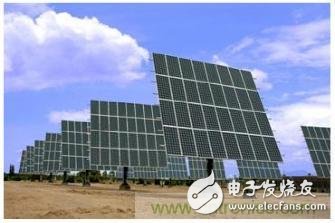
Figure 4. Photovoltaic power generation
Supports up to 7 power input units, and simultaneously tests input power and output power to further improve accuracy
Traditional measurement conversion efficiency, because the number of channels of the measurement device is limited, the input and output can only be measured separately, which results in the lack of synchronization of the collected data, and the calculated conversion efficiency is naturally inaccurate. For multi-input photovoltaic inverters, PA8000 can easily realize 4-channel input, 3-channel output simultaneous sampling, and PA8000 internally uses high-stability temperature-compensated 100M synchronous clock to realize 7-channel ADC synchronous sampling, synchronous sampling clock error is less than 10ns, the ultimate measurement requirement for high efficiency inverter efficiency.
Supports free switching of weight coefficients, facilitating the export of efficiency reports for each region
PAM software can freely switch weight coefficients, support European efficiency, CEC efficiency, calculation of weight coefficient in various regions of China, and can quickly export efficiency reports in corresponding regions. PA8000 is the only power analysis instrument in the industry that supports free switching of efficiency weight coefficients.
Support custom efficiency formulas, easy to export MPPT, conversion efficiency report
Support custom efficiency test formula, can display 6 efficiency test results at the same time, convenient to measure MPPT efficiency and conversion efficiency at the same time. PAM software can export test static and dynamic MPPT reports, conversion efficiency reports, and facilitate the operation of testing organizations, greatly improving work efficiency.
Steel nipples is one of pipe fittings, it's cutted by pipes and machined external threads then connect with pipelines via screw or welded.The steel nipples can use for food, beverages, cosmetics, industrial, chemical, mechanical and other pipe connections, the connection is solid. The products including galvanizing type(normally produce with hot dipped galvanized pipe), electric galvanizing type(zinc coated after production) and original color(Black).
Material: Carbon steel, Stainless steel, Brass
Standard: British standard BS EN10241 pipe BS1387 thread ISO7 / 1, German standard DIN2982 pipe DIN2440 thread - DIN2999, American Standard ASTM A733 pipe ASTM A53 thread ANSI B1. 20. 1 ,etc
Nipples Types: Close, Branch(one way thread), Barrel Nipple, Long screw
Application: Use for pipe lines connection, like water, gas, oil,etc.
We also can produce according to clients requirements.
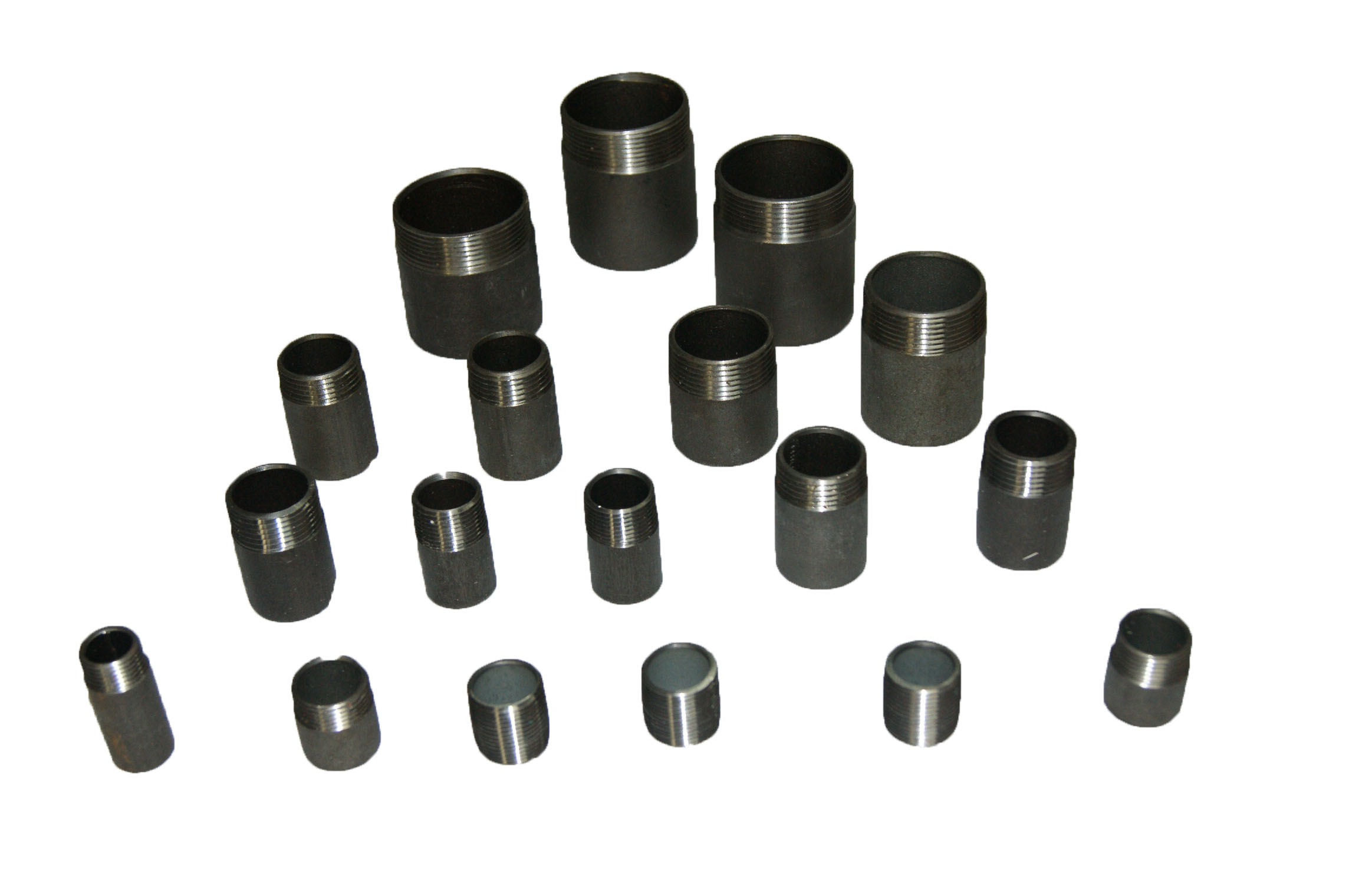

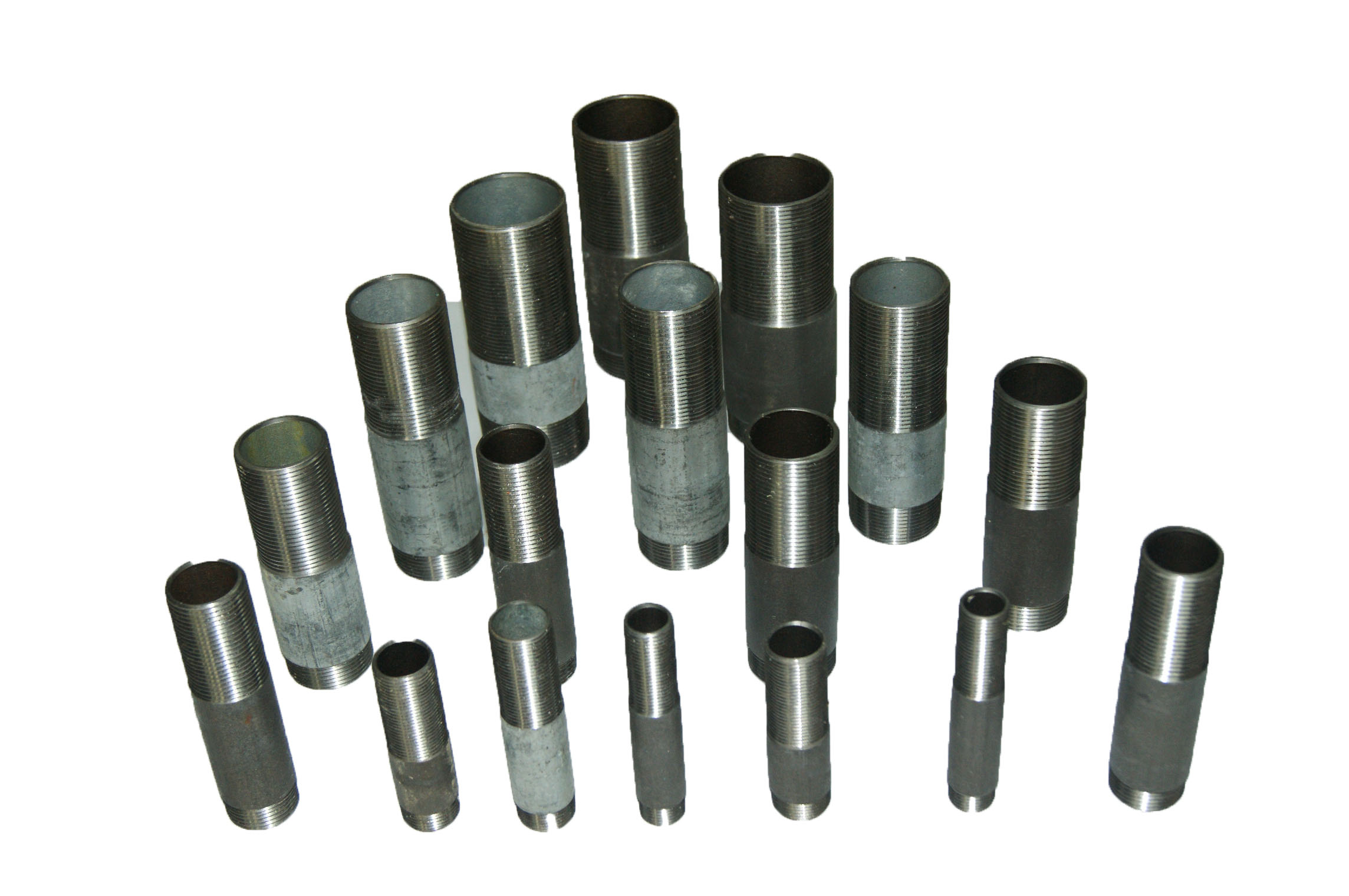
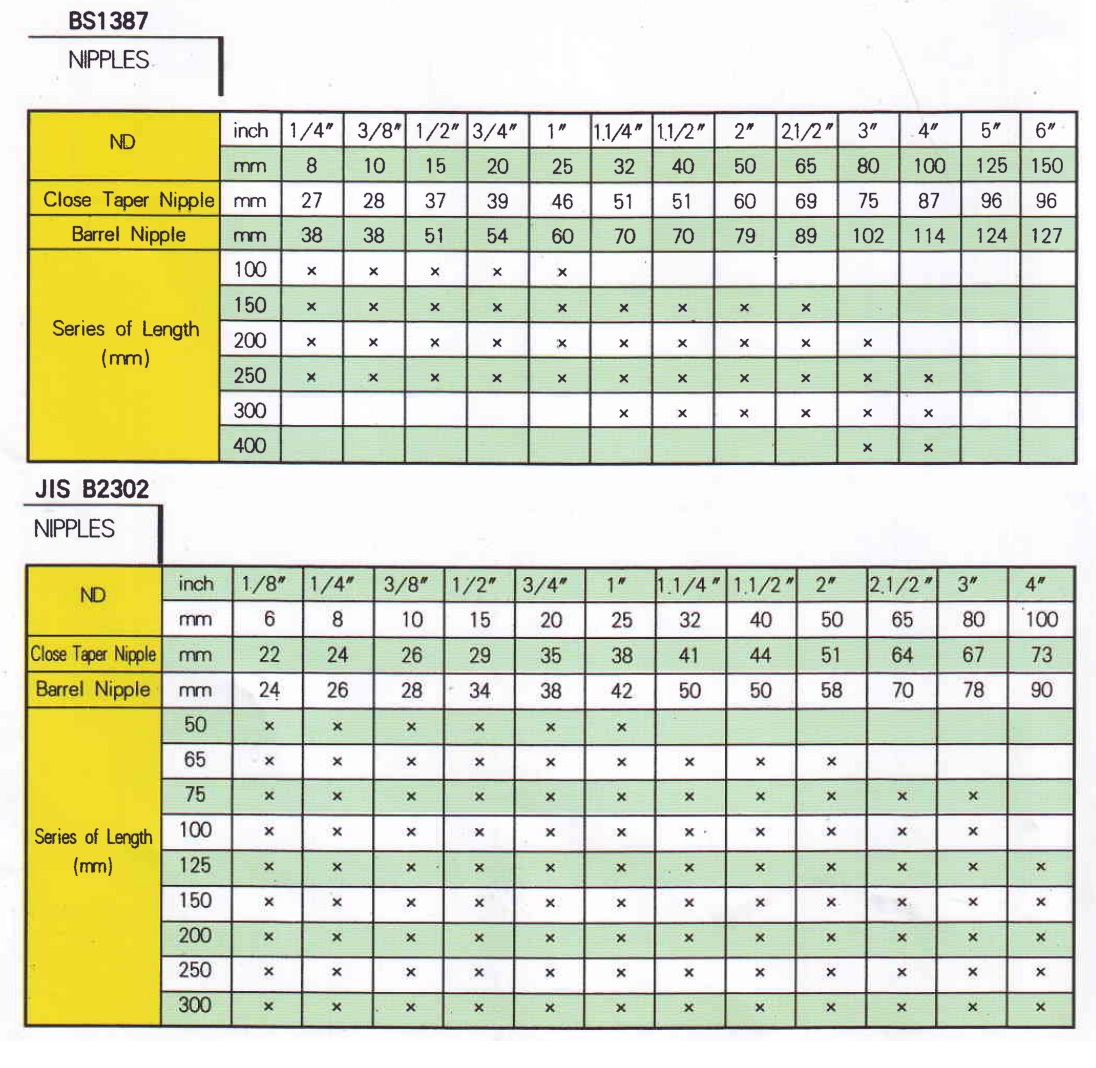
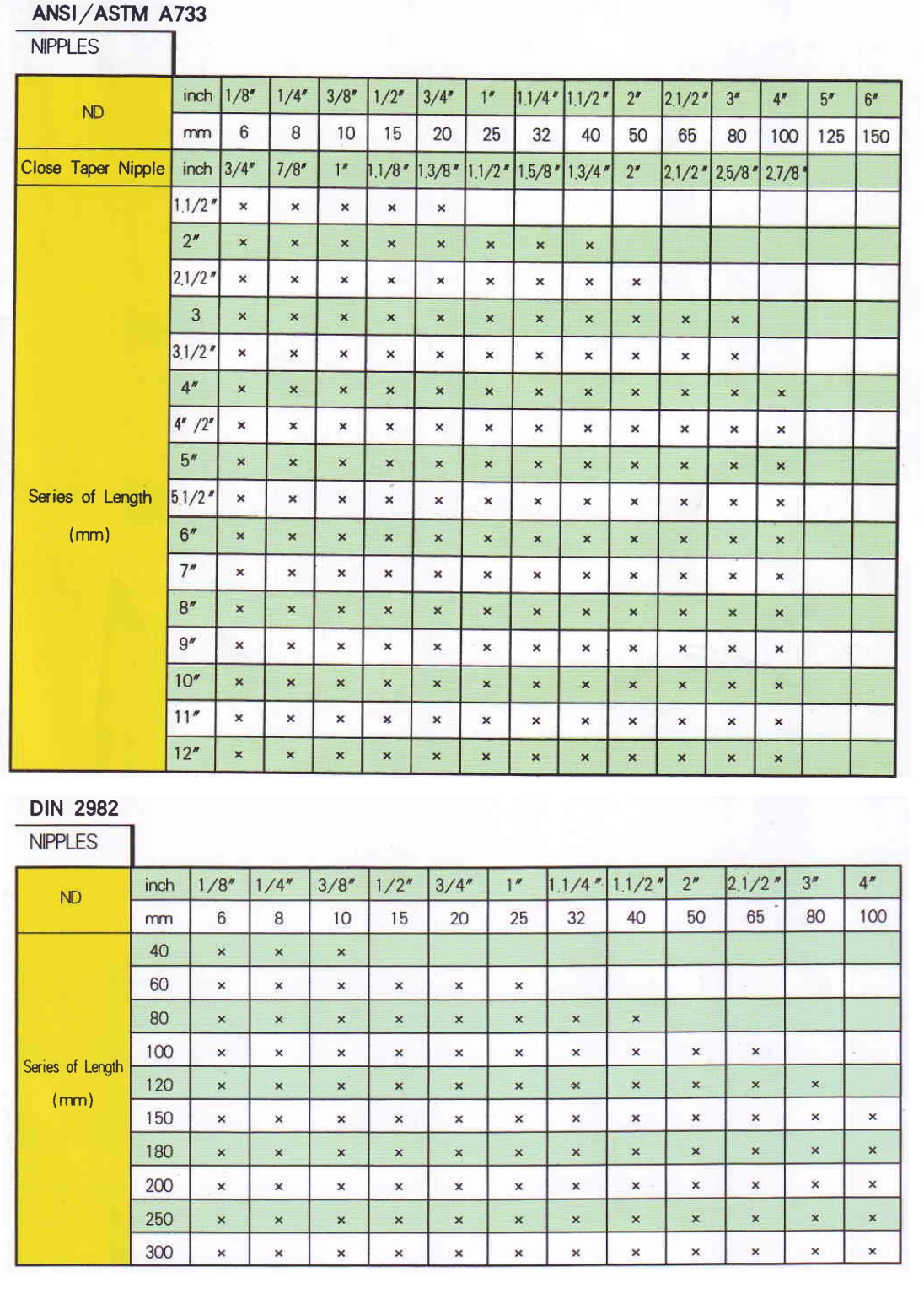
Steel Nipple,Screwed Nipple,Steel Welding Nipple,Barrel Nipple
HEBEI ZIFENG NEW ENERGY TECHNOLOGY CO.,LTD. , https://www.zifengpipeline.com